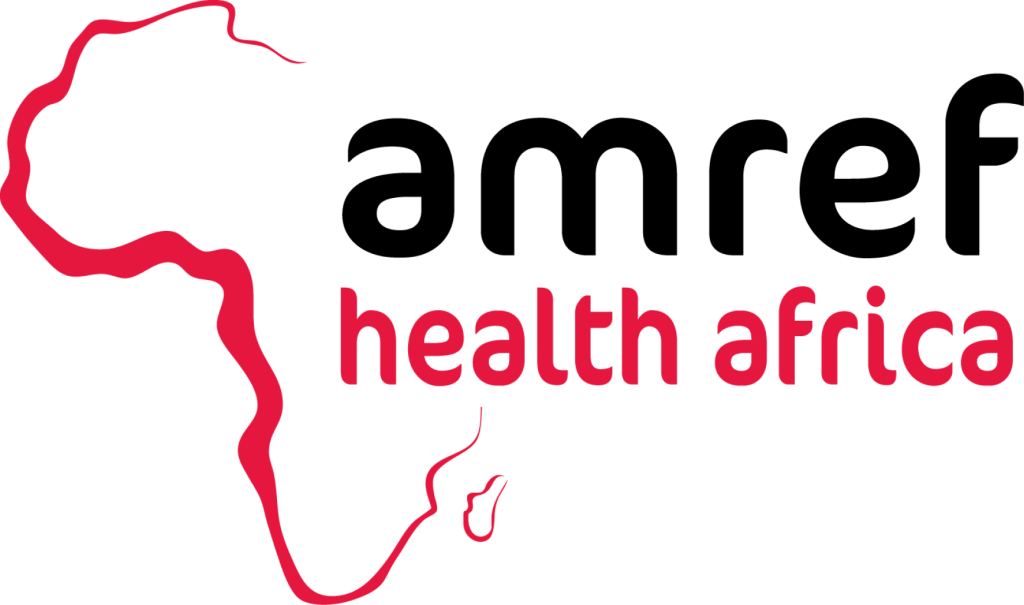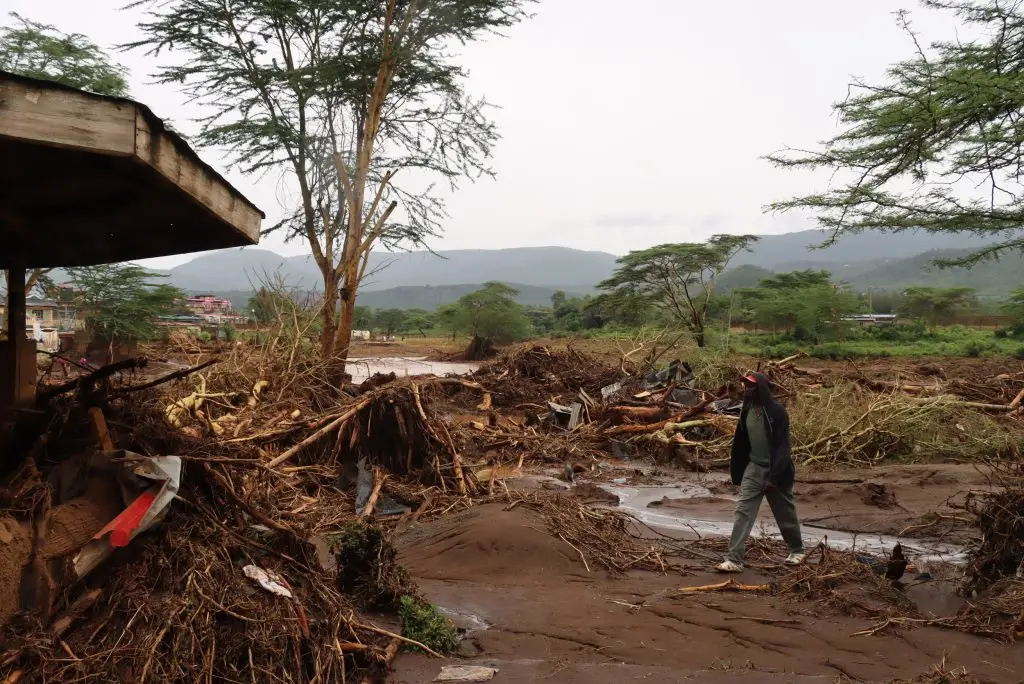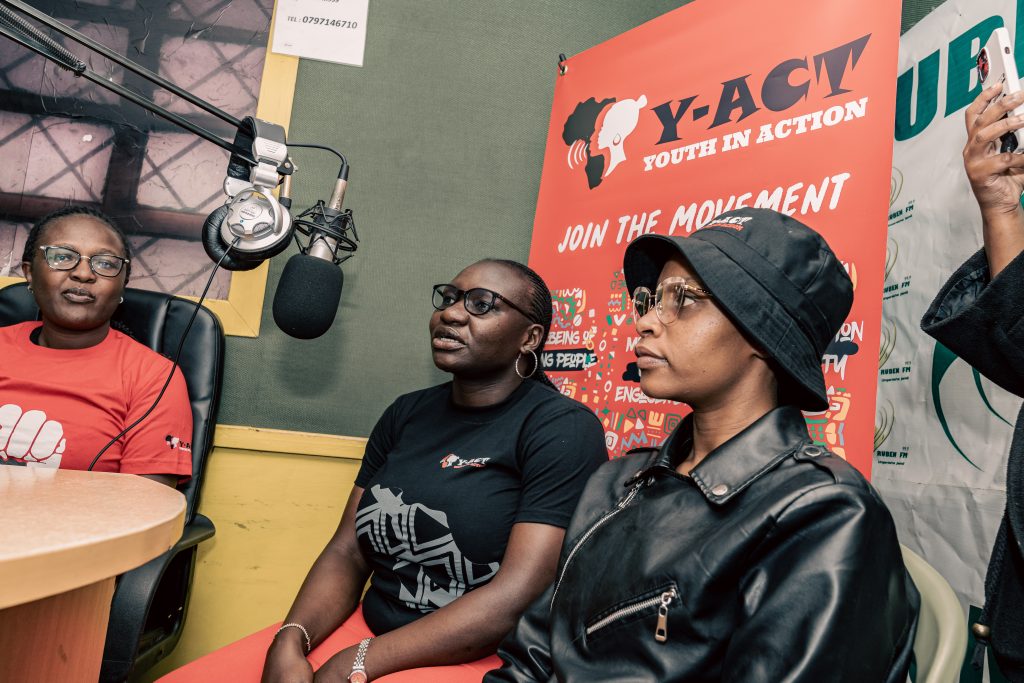African communities have contributed the least emissions but are most impacted by the effects of climate change.
Africa emits around 3.8% of global greenhouse gas emissions, with sub-Saharan Africa alone contributing about 1.9%. Despite this low level of emissions, seven of the 10 countries most vulnerable to climate disasters are in Africa.
Climate-related hazards (such as droughts, floods, and erratic rainfall) affected more than 110 million people in Africa during 2022, causing over US$ 8.5bn in damage.
Climate shocks worsen food insecurity: in Eastern and Southern Africa, nearly 13m children currently suffer from acute malnutrition, made worse by prolonged droughts and failed harvests.
Water and sanitation systems are also strained by extreme weather—around 40% of people across Africa still lack access to safe drinking water, leaving them more vulnerable to waterborne diseases during floods and droughts.
Vector-borne diseases are on the rise as well; changing temperatures and rainfall patterns have expanded mosquito breeding grounds, driving higher risks of malaria in many regions which were previously malaria-free.
How is health connected to climate change?
Communities are the true front line of the climate crisis; people are the first responders to shocks, witnessing floods, droughts and outbreaks and bearing the brunt of their impacts.
The climate crisis puts additional pressure on already-weak health systems, which in turn affects those who are most vulnerable. Extreme weather events like droughts and floods increase water stress or cause water-borne disease outbreaks. They displace communities from their homes, cause livestock to die and harvests to fail, leading to increasing insecurity and poorer health.
Of the 2,121 public health events recorded in Africa between 2001 and 2021, 56% were climate-related.
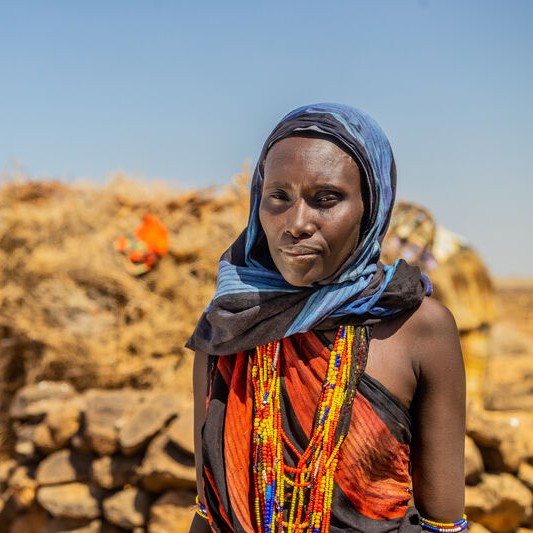
What is Amref doing to help?
Amref is working to ensure that African communities can plan for and withstand increasingly frequent climate shocks, helping them to thrive.
Through partnerships with governments and civil society, we:
Amref engages in advocacy at global forums to ensure Africa’s voice is heard and that health equity is centred in climate discussions. We advocate for adaptation funding to strengthen health systems rather than only focusing on global emission reductions, as these are the solutions that best fit the African context.
We work with African governments to shape Nationally Determined Contributions (NDCs) and climate policies so they address their unique health impacts. We generate data and evidence that demonstrate how climate shocks affect health, using this evidence to call for policy changes that integrate health and climate planning. We partner with other NGOs, civil society and regional bodies to build momentum for climate justice, ensuring that adaptation funds flow where they are needed most—into frontline health systems and vulnerable communities.
Support African experts to raise the African voice in global climate negotiations.
We acted as a convenor for stakeholders that drew up the Common African Position on Climate and Health, which was adopted at the Africa Climate Summit. This paved the way for a unified African voice to be heard on the global stage. COP28 was one of those moments.
Amref supported African Ministers in presenting a unified stance at COP28’s inaugural Health Day, focusing on advancing climate and health financing. We have also developed, in partnership with Amref International University, a climate and health curriculum. This provides training and support to African climate experts to help them advocate for health equity at the centre of the climate agenda.
At the community level, we:
Drive practical solutions that address human, animal and environmental health challenges using the One Health approach.
We recognise that human, animal and environmental health are all connected. For good health for all, we co-create solutions with communities which address their unique health challenges, whether they are in informal settlements in a capital city, or nomadic herder communities in semi-arid regions. Clean cooking technologies, like briquettes and improved stoves, for peri-urban communities help to cut indoor air pollution, reduce reliance on charcoal which drives deforestation, and protect families from respiratory illness while lowering emissions.
We integrate health into livelihoods programmes in rural areas, introducing and promoting climate-smart agricultural methods to help families to build resilience to food insecurity and malnutrition worsened by changing weather patterns.
We train health workers and strengthen primary health care facilities to build climate resilience.
We support health facilities with solar power, cold-chain technology, and digital health tools so they can keep operating during climate shocks. This ensures essential health services are not interrupted. We train community health workers to respond to climate-sensitive diseases which have outbreaks in the aftermath of climate events such as malaria and cholera.
We equip health workers to raise community awareness about health risks linked to climate change through our mobile and digital learning platforms. And we train community health workers to use their local knowledge to monitor changes in the climate, collect data, and feed that into regional health systems for analysis.
Integrating Human, Environmental, Animal health and Livelihoods in Kenya – a One Health approach
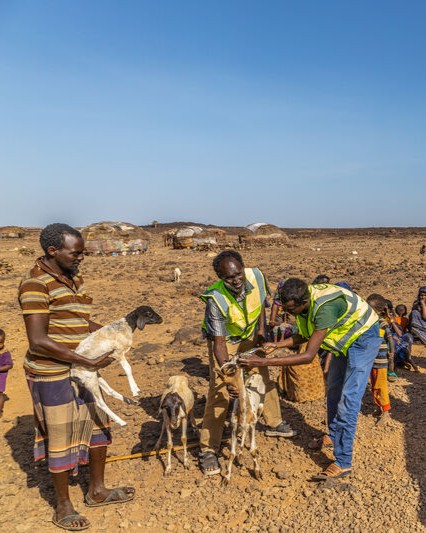
The Human, Environmental, Animal health and Livelihoods (HEAL) project in Kenya is grounded in the One Health approach. The project aims to build the climate resilience of communities living in Marsabit County in northern Kenya.
One way in which it does this is through the Community-Based Observation Network (CBON). This is a network of trained Community Health Workers who use their indigenous knowledge to monitor changes in the climate. They collect and map data, monitor trends, and input them into regional and national health information systems to inform government decision-making on health. They also cross-reference information on climate with changes in their livelihoods, reviewing this in community health worker dialogues. This information helps us to plan and implement mitigation measures such as tree-planting to stem flooding of agricultural land.
In this way, the Community-Based Observation Network is feeding us with the information we need to illustrate the direct connection between climate and health to decision-makers and funders in Africa and around the world.
